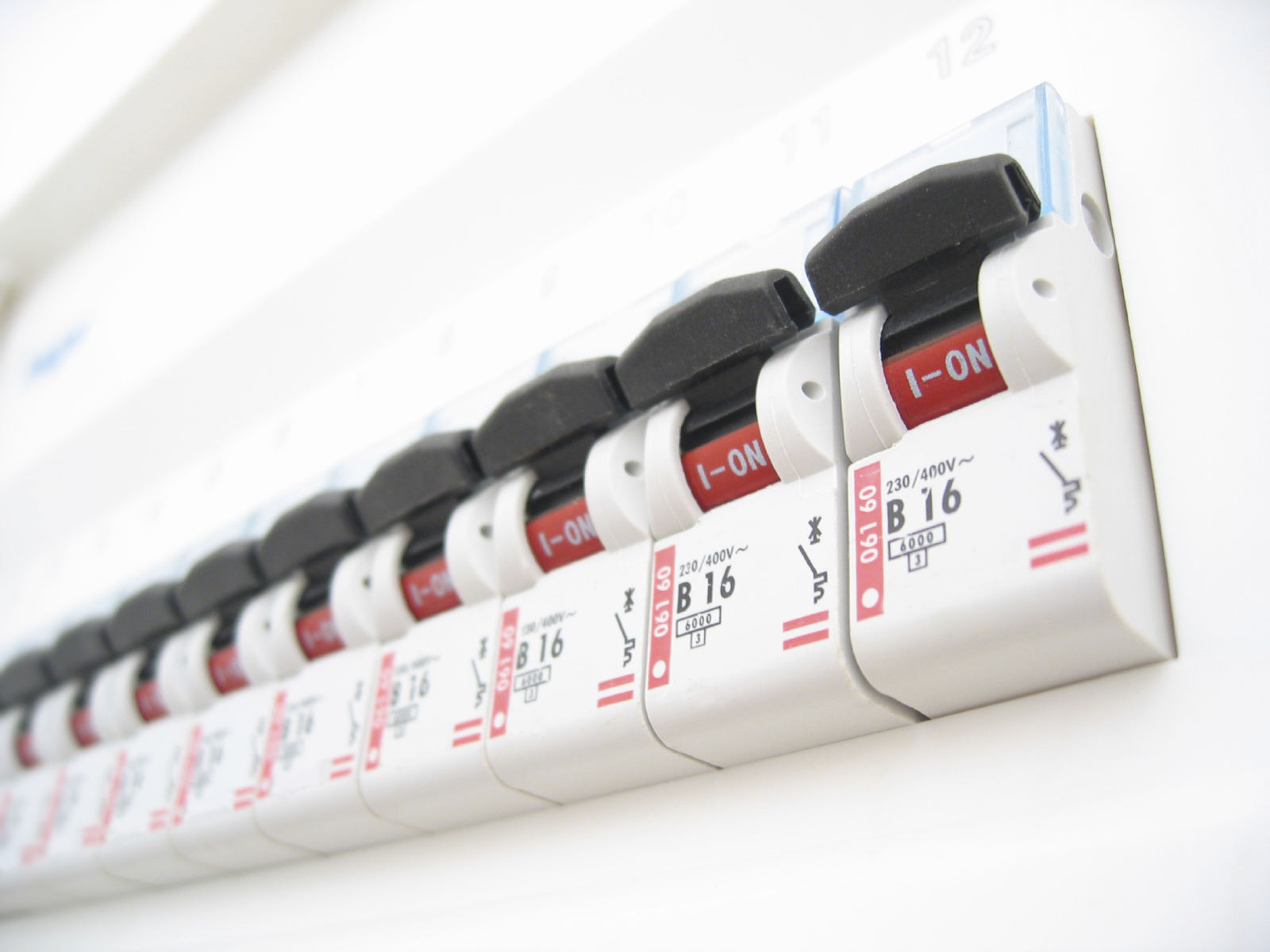Grid-Scale Rampable Intermittent Dispatchable Storage

Program Description:
Innovation Need:
Our national electric grid is not always well-equipped to handle energy from renewable sources. Today's network, which delivers electricity from suppliers to consumers, is dependent on fossil fuels, with over 70% of electricity generation coming from coal or natural gas. The grid has limited ability to store excess energy, so electricity must constantly be generated to perfectly match demand. Though wind and solar power are promising clean alternatives to fossil fuels, their natural unpredictability and intermittency present major challenges to delivery of the consistent power that is necessary to operate today's grid. The energy storage facilities that exist today use pumped hydropower, which is only available in a handful of locations. New, more flexible, large-scale energy storage technologies would allow energy to be efficiently stored and sent to any location in the country. This ability to reliably store and utilize energy will enable the widespread use of renewable alternatives to fossil fuels. Cost-effective grid-scale energy storage is critical for increasing the use of renewable alternatives and reducing greenhouse gas emissions from the electric energy sector.
Potential Impact:
If successful, the development of advanced energy storage technologies would store vast amounts of electric energy at low cost, which would enable widespread use of wind and solar energy to power the grid. Investing in these technologies will position the U.S. as the leader in the emerging global market for energy storage infrastructure.
Security:
A more efficient and reliable grid would be more resilient to potential disruptions.
Environment:
Electricity generation accounts for over 40% of U.S. carbon dioxide (CO2) emissions. Enabling large-scale contributions of wind and solar power for our electricity generation would result in a substantial decrease in CO2 emissions.
Economy:
Increases in the availability of wind and solar power would reduce fossil fuel demand, resulting in reduced fuel prices and more stable electricity rates.
Contact
Project Listing
• Beacon Power - Next-Generation Flywheel Energy Storage
• City University of New York (CUNY) Energy Institute - Flow-Assisted Alkaline Battery
• Energy Storage Systems (ESS) - Iron Flow Battery
• Fluidic Energy - High-Power Zinc-Air Energy Storage
• General Atomics - Soluble Lead Flow Battery
• General Compression - Fuel-Free Compressed-Air Energy Storage
• ITN Energy Systems - Advanced Vanadium Redox Flow Battery
• Lawrence Berkeley National Laboratory (LBNL) - Hydrogen-Bromine Flow Battery
• Materials & Systems Research, Inc. (MSRI) - Advanced Sodium Battery
• Primus Power - Advanced Flow Battery Electrodes
• Proton Energy Systems - Regenerative Fuel Cells
• The Boeing Company - Advanced Flywheel Composite Rotors
• TVN Systems - Hydrogen Bromine Battery
• United Technologies Research Center (UTRC) - Breakthrough Flow Battery Cell Stack
• University of Southern California (USC) - Iron-Air Rechargeable Battery
